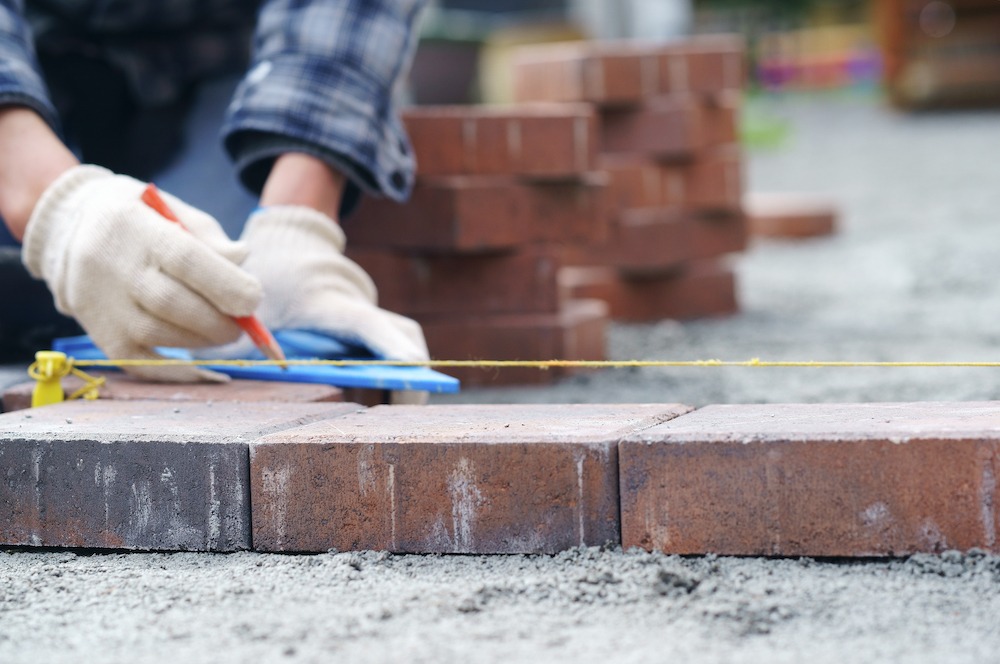Words: Randy Essel
Photos: Randy Essel, redtea
There are many different pieces of masonry equipment that are used to ensure a course is not only laid to plumb but that the project is completed efficiently and accurately. One of those pieces of equipment used to achieve this purpose is the twig. This tool is well-known throughout the masonry industry and is often used to accurately lay brick and block. This article will outline more about the masonry twig and how it can help on a jobsite.
The EZ Twig, sometimes called a trig, is a small and inexpensive tool. While it is often overlooked, it plays an important role in keeping masonry walls level and plumb. When laying masonry to the line, no matter how tight and taunt, if you pull the line it will sag. Additionally, the wind can force the line to move in the direction it is blowing vertically more than one might think. The mason needs to attach a line holder, such as the EZ Twig, to the line. Sometimes at the corners and in the middle after the brick or block that is being used has been plumbed, the mason can then set at the correct height by placing a brick or something weighted to hold the line in place.
There are several procedures masons should take to assure that walls are erected both level and plumb.
1) The corners/leads of the walls should be at the same height, which is taken from a benchmark using a builder’s level or laser to get the desired elevations.
2) Having square corners/leads to start is essential when erecting masonry walls. When walls are not square, as the line is raised on each course, it will move in or out, depending on the direction the wall is out of square. This creates waves in the wall.
In the diagram below, a lead is shown being out of square. As you place a twig on the right side of the lead on the first course, each time you raise the line to the next course, it gradually moves away from the previous course being laid. This causes a wave to develop in the wall, as seen in the shaded area.
3) As each corner/lead is built, the units need to be laid to proper heights by using a ruler or story pole so one corner is not built higher or lower than the opposite corner. Many times have seen that when materials are damp, the corners or leads are low, and the opposite when the materials are dry. This makes for uneven walls.
4) The line will sag in distances longer than 20’ to 30’, and by using the EZ Twig, a mason can create one or even two plumb points to keep the middle of the wall level and plumb. The plumb point should be used at every course. By using a 4’ level and the elevation taken from the same benchmark as used at the corners, the mason can check the height every so often using a story pole or ruler to assure walls are plumb or level. It is also good to have the corner mason sight the line checking to make sure the EZ Twig lines up with the opposite corner.
Another advantage of the EZ Twig is during pier work, the line can be pushed out after laying the inner course, and the line will stay in place.
The EZ Twig is said to be exceptionally strong, so much in fact that it will never wear out: you will lose it before you overuse it. You can also use it as a line pin in a soft mortar. In the EZ Twig pictured below, the right end can also be used as a screwdriver.
.
